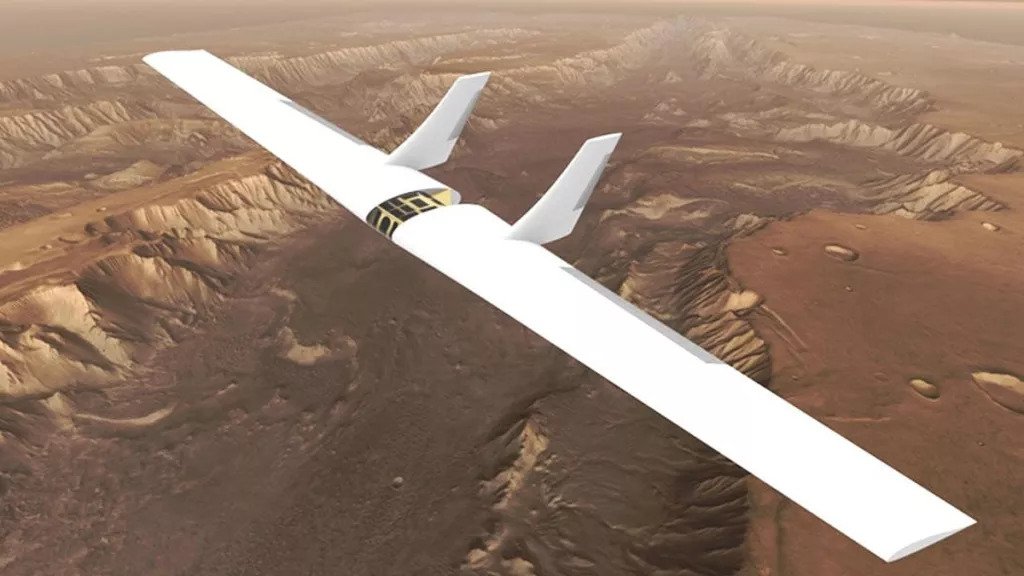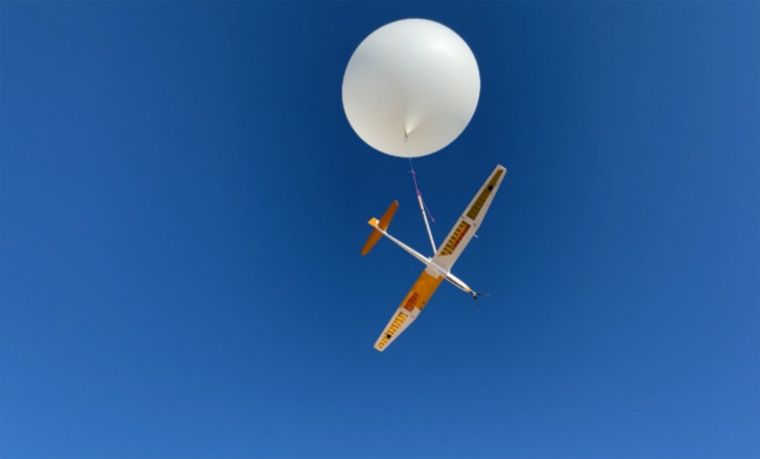The Martian sailplane flew over the surface of the earth, being tied to a balloon. It is an early concept that should turn into an apparatus for studying the geology of the red planet.

Martian sailplane flew in balloon
On June 30, the University of Arizona issued a release about the first tests of its glider designed to fly in the atmosphere of Mars. We are talking about an early project of an unmanned device designed for a long-term study of the geology of the red planet with air.
The sailplane made its first flight while being tied to a balloon. This was done to check the reliability of its design and aerodynamic characteristics. Now, by the end of summer, the device should make several flights at an altitude of 4600 meters.
At this altitude, the conditions of the earth’s atmosphere more or less resemble those of Mars. Scientists expect to use a technique known as dynamic hovering. Thanks to it, for example, such large birds as albatrosses are kept in the air.
It is planned that the device will weigh only 5 kilograms. The instruments on board will be powered by solar panels located on the wings. There will be no powerful engine on board, but scientists still hope that the flight will last several days.

Aerial drones for the red planet
Flying a drone in the atmosphere of Mars has not been a fantasy for a long time. The proof of this is Ingenuity, working on Mars from last year. However, its capabilities are severely limited. It can rise into the air no more than 12 meters and only for 3 minutes.
The Martian sailplane must fly at an altitude of several tens of meters in several days, using air flows. It will be equipped with temperature sensors, gas composition, as well as cameras for monitoring the surface.
It is expected that thanks to the last, an image of the surface of Mars with a separate resolution of 100 cm per pixel will be obtained. The cost of the entire project is estimated at USD 100 million.
According to www.space.com
Follow us on Twitter to get the most interesting space news in time
https://twitter.com/ust_magazine
